
| Recorded by: Jeff Niznik, David George, Stephen Dunn, Patrick Coin on 2024-06-28
Chatham Co.
Comment: A reared adult from a mine on Aesculus sylvatica. | 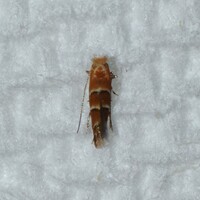
| Recorded by: Jeff Niznik, David George, Stephen Dunn, Patrick Coin on 2024-06-28
Chatham Co.
Comment: A reared adult from a mine on Aesculus sylvatica. |
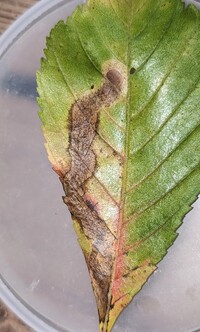
| Recorded by: Jeff Niznik, David George, Stephen Dunn, Patrick Coin on 2024-06-22
Chatham Co.
Comment: An occupied mine on Aesculus sylvatica. Likely in the pupal stage when found, adult emerged 6 days later (see companion photo from 2024-06-28). | 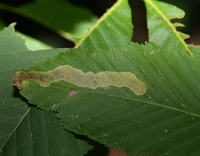
| Recorded by: David George, Jeff Niznik on 2024-06-10
Chatham Co.
Comment: |
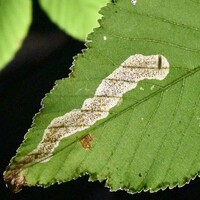
| Recorded by: David George, Jeff Niznik on 2024-06-10
Chatham Co.
Comment: | 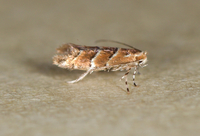
| Recorded by: Jim Petranka and John Petranka on 2023-03-26
Watauga Co.
Comment: |
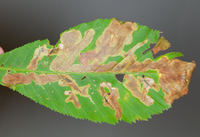
| Recorded by: Jim Petranka and John Petranka on 2022-08-09
Watauga Co.
Comment: Occupied mines were on Yellow Buckeye. | 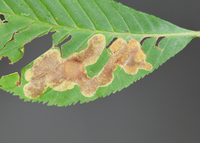
| Recorded by: Jim Petranka and John Petranka on 2022-08-09
Watauga Co.
Comment: An occupied mine on Yellow Buckeye. |
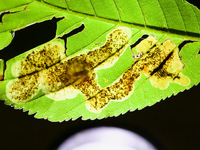
| Recorded by: Jim Petranka and John Petranka on 2022-08-09
Watauga Co.
Comment: A backlit image of an occupied mine on Yellow Buckeye. note the nidus and larva in the center. | 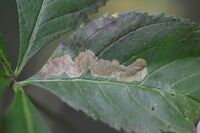
| Recorded by: Tracy S. Feldman on 2022-07-08
Durham Co.
Comment: |
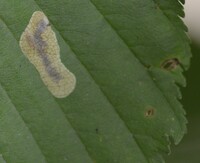
| Recorded by: Tracy S. Feldman on 2022-07-08
Durham Co.
Comment: | 
| Recorded by: Tracy S. Feldman on 2022-07-08
Durham Co.
Comment: |
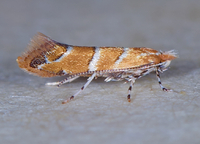
| Recorded by: Jim Petranka and Becky Elkin on 2021-07-24
Swain Co.
Comment: An adult that was reared from a communal mine on Yellow Buckeye (see companion photo of the mine from 2021-07-06). | 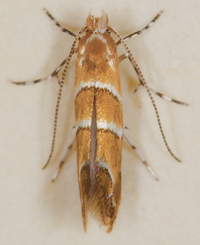
| Recorded by: Jim Petranka and Becky Elkin on 2021-07-24
Swain Co.
Comment: An adult that was reared from a communal mine on Yellow Buckeye (see companion photo of the mine from 2021-07-06). |

| Recorded by: Jim Petranka and Becky Elkin on 2021-07-06
Madison Co.
Comment: | 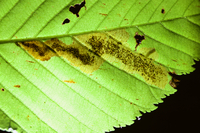
| Recorded by: Jim Petranka and Becky Elkin on 2021-07-06
Madison Co.
Comment: |
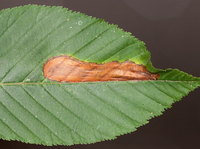
| Recorded by: Jim Petranka and Becky Elkin on 2021-07-06
Swain Co.
Comment: Unoccupied mine was on Yellow Buckeye. | 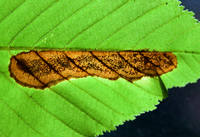
| Recorded by: Jim Petranka and Becky Elkin on 2021-07-06
Swain Co.
Comment: Unoccupied mine was on Yellow Buckeye. |
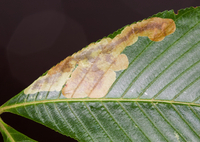
| Recorded by: Jim Petranka and Becky Elkin on 2021-07-06
Swain Co.
Comment: An occupied mine with three larvae that was on Yellow Buckeye. | 
| Recorded by: Jim Petranka and Becky Elkin on 2021-07-06
Swain Co.
Comment: A backlit image of an occupied mine with three larvae. |

| Recorded by: Jim Petranka and Becky Elkin on 2020-08-10
Buncombe Co.
Comment: An occupied upper-surface mine on Yellow Buckeye. | 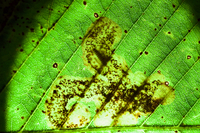
| Recorded by: Jim Petranka and Becky Elkin on 2020-08-10
Buncombe Co.
Comment: A backlit image of an occupied upper-surface mine on Yellow Buckeye. Note the larva near the top of the image and the scattered frass. |
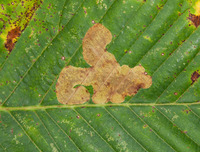
| Recorded by: Jim Petranka and Becky Elkin on 2020-08-10
Buncombe Co.
Comment: An occupied upper-surface mine on Yellow Buckeye. | 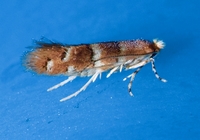
| Recorded by: Jim Petranka and Becky Elkin on 2020-05-16
Madison Co.
Comment: |
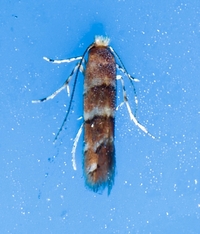
| Recorded by: Jim Petranka and Becky Elkin on 2020-05-16
Madison Co.
Comment: | 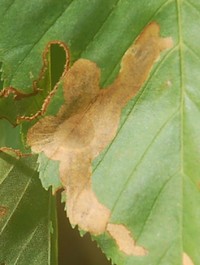
| Recorded by: Tracy S. Feldman on 2018-07-05
Wake Co.
Comment: An upper-surface blotch mine on Aesculus sylvatica. |

| Recorded by: Tracy S. Feldman on 2018-07-05
Wake Co.
Comment: A view of the underside of a leaf of Aesculus sylvatica with an upper-surface blotch mine (see companion photo of upper leaf surface). | 
| Recorded by: Tracy S. Feldman on 2018-07-05
Wake Co.
Comment: |
|

 »
»




 »
»


